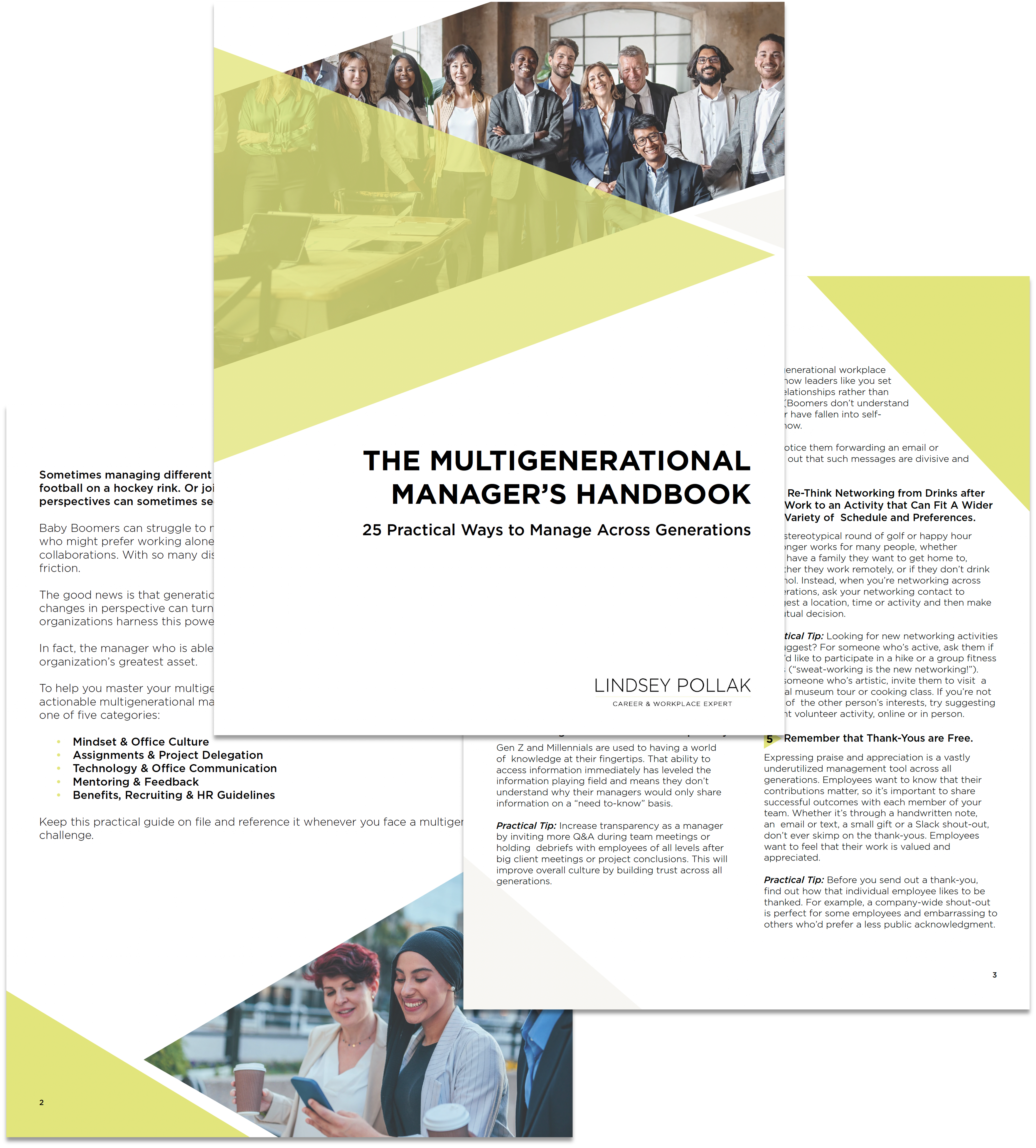Feel like you’re sending even more email these days? You’re not just imagining it: Recent research from Adobe found that people report spending 17% more time checking email this year compared with last year.
In our “always-on” culture, we respond to emails after work, on weekends and on vacation. It’s not all bad — consider that you might be responding after hours because you dipped out to a lunchtime yoga class as part of the increased demand for work/life blend — but sometimes everyone can use a break. We all need uninterrupted time to read, relax or hang out with family and friends.
If you’re looking for new ways to establish boundaries at work, the following tips should help.
A Healthy Email Culture Has to Start at the Top
“The world has arrived at a place where instantaneous information and response is the norm, but is that the culture you want to embed in your workplace and team? How can managers continue to handle their administrative tasks at times that are convenient for them, and at the same time allow team members to unplug? One way is by writing emails when they provide you the work-life balance you want, then save them as a draft to be sent during work hours. Communicate with your team about your work style – and be equally clear of your expectations from the team. Reward a culture of balance, discuss time off activities, praise employees for being ‘unplugged,’ and respect the boundaries that you and your team set for an effective balance.” — Read more at SHRM.
Try an Email Break
“People are so plugged in that they are now taking frequent ‘email detoxes.’ Almost 45 percent reported attempting a self-imposed break from checking email. Tech workers were the most likely to report taking a detox: 66 percent versus 39 percent of non-tech industry respondents. The average email detox reportedly lasted 5.3 days, with the majority of people claiming a positive impact from the disconnect.” — Read more at The Business Journals.
Save Non-Urgent Messages for Later
“In terms of late-day emails, consider leaving them for the next day. Phone calls can go to voicemail, which you can check just to make sure that there’s nothing urgent. In those cases, you will respond accordingly. If the message is not urgent, resolve to take care of it the following day.” — Read more at SmartBrief.
Practice Spending Part of Your Day Tech-Free
“London-based life coach Carole Ann Rice believes that digital detoxes are something one needs to ease into. ‘In order to completely sever your dependency, it would be a good idea to first simply set small limits for each day. Be this during exercise time, your lunch break, or when out shopping, if you slowly eliminate technology from various parts of your day, your detox will be easier to stick at. Habitual rituals help us achieve our targets, but only if they are achievable themselves.’” — Read more at The Telegraph.
Set Your Own Boundaries, or No One Else Will
“Early on, [Tom Tierney, cofounder of Bridgespan, former CEO of the powerhouse global consulting firm Bain & Company, and author of the philanthropy guide Give Smart] understood that while he wanted to achieve financial and career success, his family came first. Based on this overarching value, and even while rising through the ranks at Bain to become its CEO, he did not work on weekends. Instead, he spent considerable time with his sons, coaching them both to the level of Eagle Scout. Eschewing work on the weekends…required discipline and an uncompromising ability to focus on what mattered most to him.” — Read more at Harvard Business Review.
Have you tried a digital detox? Do you have other strategies for setting boundaries at work? Please share with all of us in the comments below!
Lindsey Pollak is the leading voice on millennials in the workplace, trusted by global companies, universities, the world’s top media outlets — and, most importantly, by millennials themselves. A New York Times bestselling author, Lindsey began her career as a dorm RA in college and has been mentoring millennials — and explaining them to other generations — ever since. Her keynote speeches have audiences so engaged that, in the words of one attendee, “I didn’t check my phone once!” Contact Lindsey to discuss a speaking engagement for your organization.

